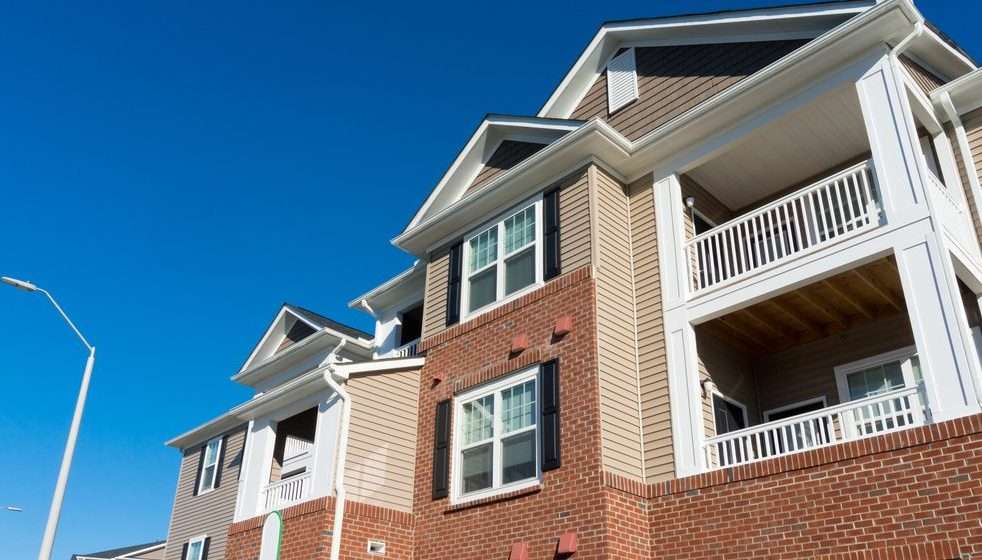
CLA's Carey Heyman, Universe Holdings' Henry Manoucheri, AXIS/GFA's Cory Creath, Roundtree Properties' Tammy Harpster and Greystar's Kesha Fisher
With more and more tenants working from home, multifamily landlords are making adjustments to interior design, property management and amenities to keep up.
Nearly 19 months after the onset of pandemic lockdowns, adjustments that might once have been predicted to be temporary — working from home, dealing with high package volumes — are still very much influencing the multifamily market and how owners approach attracting and retaining tenants, real estate industry professionals speaking at Bisnow’s Multifamily Annual Conference West event said Tuesday.
“I don't think that work-from-home is going anywhere,” Greystar Senior Director of Real Estate Operations Kesha Fisher said. “And so you're going to have to ensure that you have different types of amenities.”
Developers are designing spaces with the anticipation that tenants will be working from home through modern changes to common and private spaces. The shared business center of old has been replaced by a WeWork-type space with individual pods for working in, Fisher said. In-unit changes range from creating nooks that can function as workspaces or adding USB chargers to all the outlets, she said.
Resident services are also increasingly important, Fisher said. Greystar has started using third-party providers to accommodate higher package volumes that have increased exponentially in the wake of the coronavirus. Greystar has also noticed an 80% increase in pets across its portfolio, which has led landlords to introduce pet amenities — dog runs or so-called yappy hours — as a tenant retention tool.
“If I love my neighbor and our dogs are friends, I'm going to stay there longer,” Fisher said.
Residents working remotely and spending more time in their apartments has translated into some higher expenses for property owners. Roundtree Properties CEO Tammy Harpster said utility bills are higher, prompting the firm to look at solar panels as a possible mitigator to reduce some of the higher overhead costs.
Another owner side effect: Tenants are far more attentive to the time frame it takes for owners to respond to their requests for repairs. Because more people are spending more time in their homes, there is a greater urgency to respond to noncritical maintenance requests, Harpster said.
“It might not be an emergency, but when they see it all the time, it's an emergency for them,” Harpster said.
The rent debt that many tenants now carry in the wake of the coronavirus pandemic is still very much weighing on the minds and bottom lines of industry leaders.
Fisher, Harpster and Universe Holdings CEO Henry Manoucheri all said that money from more than $1B of state funds for rent relief has begun to flow in. Fisher said Greystar has received about $300K in rental relief for back rent at California properties. Manoucheri said he’d received about $600K so far, though he voiced a concern that many of his tenants who are receiving assistance don’t actually need it.
“You have to make sure that you're looking at the rental assistance portal, you have to make sure that you're talking to caseworkers, and we do see that that recovery in California is happening,” Fisher said. “It's happening slowly, but it is happening.”
AXIS/GFA Architecture + Design Founding Principal Architect Cory Creath also spoke on the panel, which was moderated by CLA Principal of Real Estate Carey Heyman.






